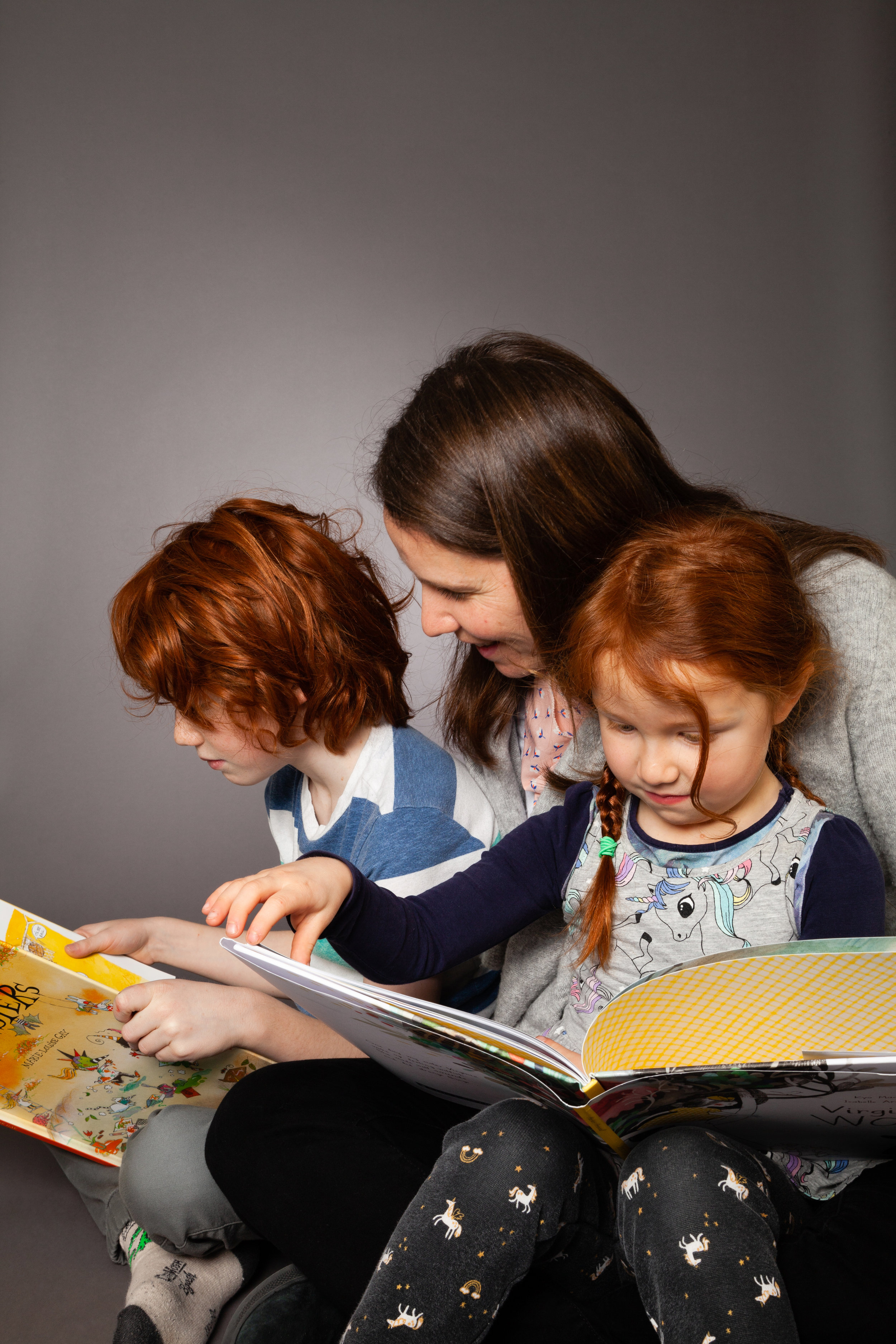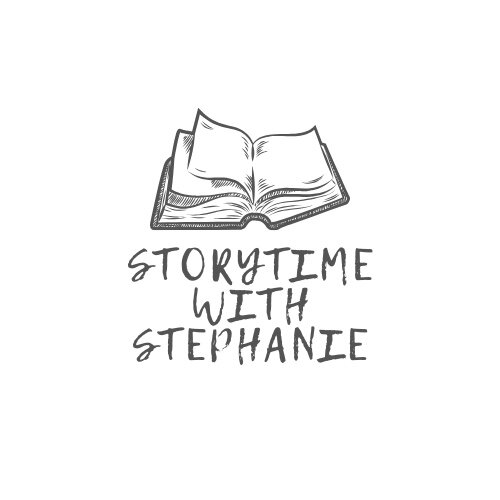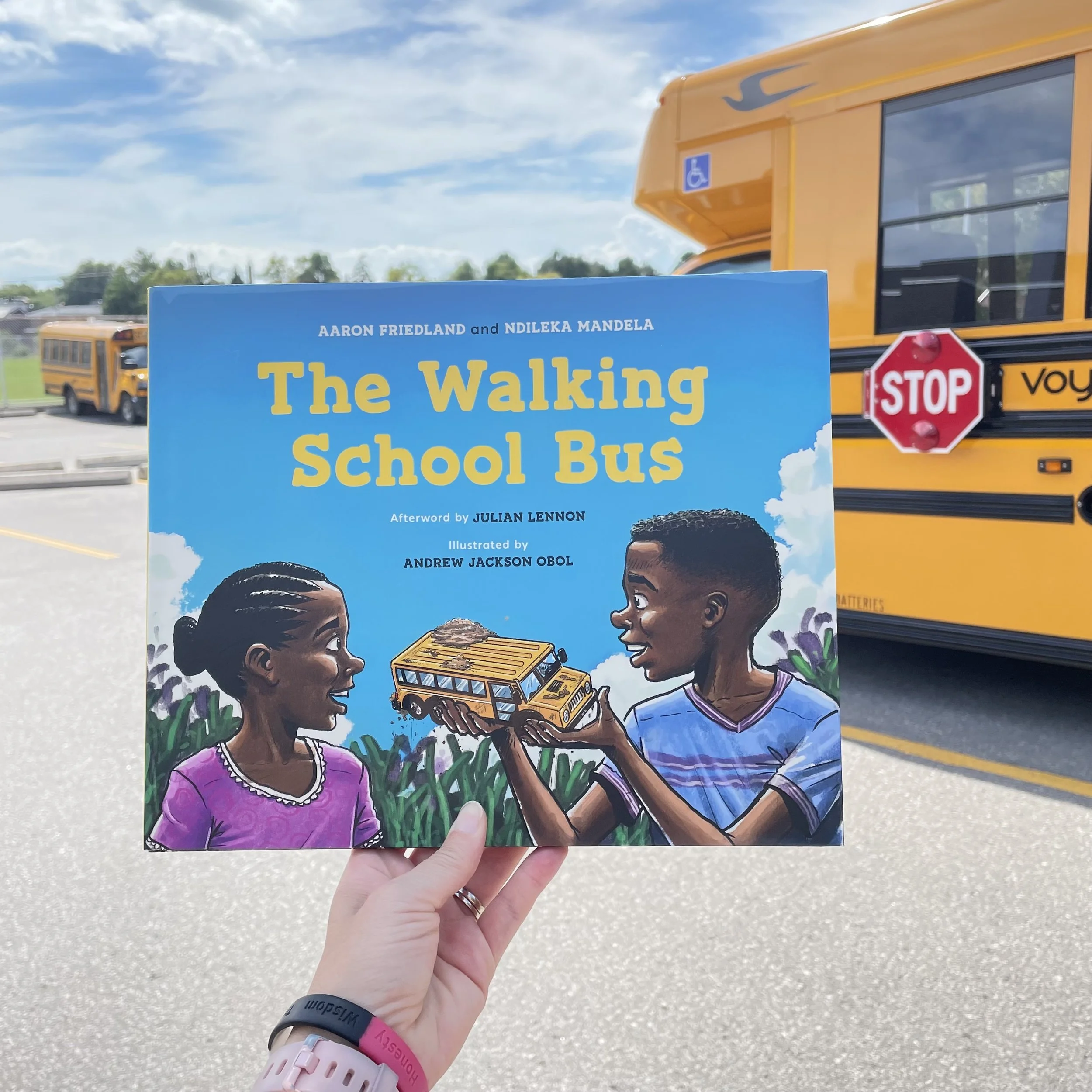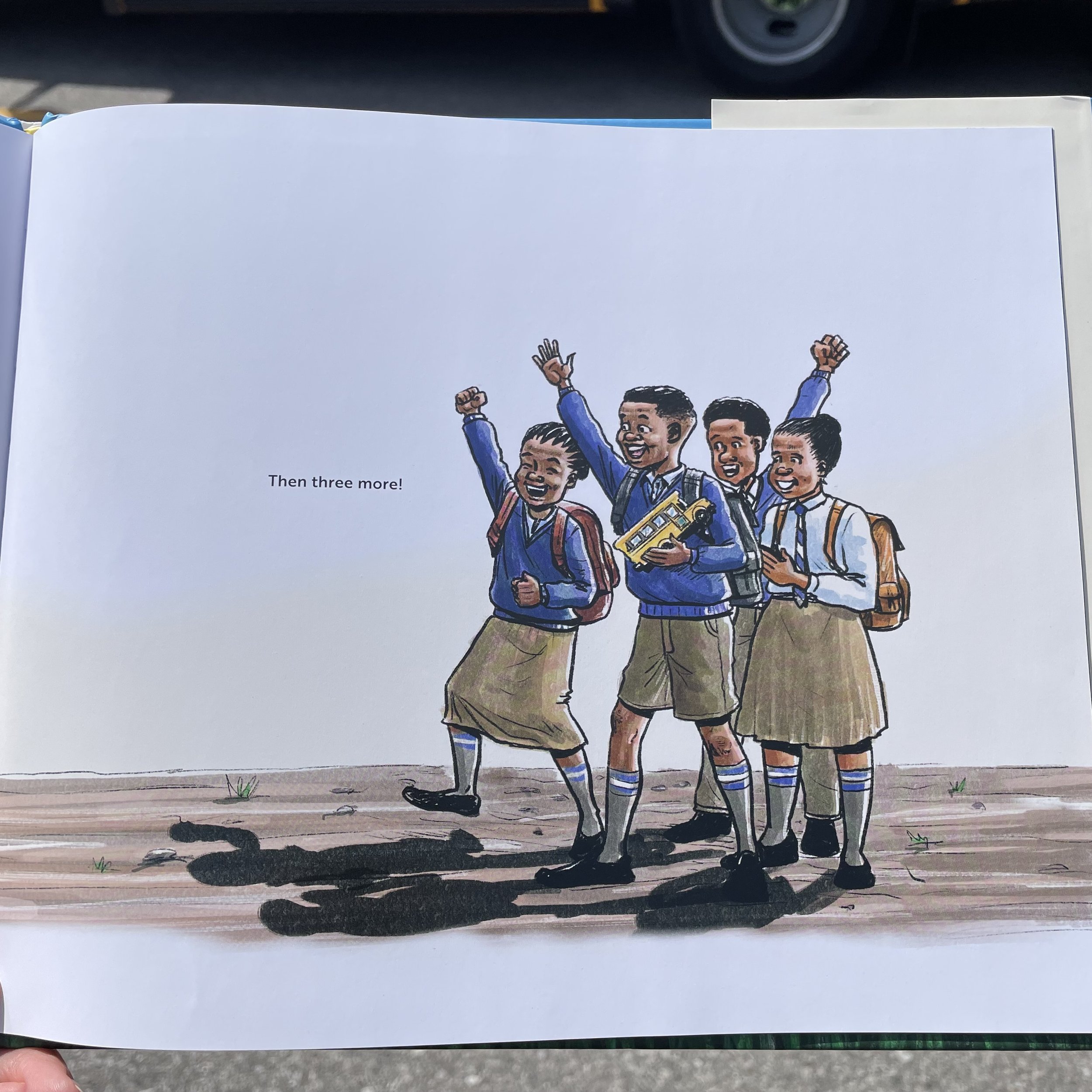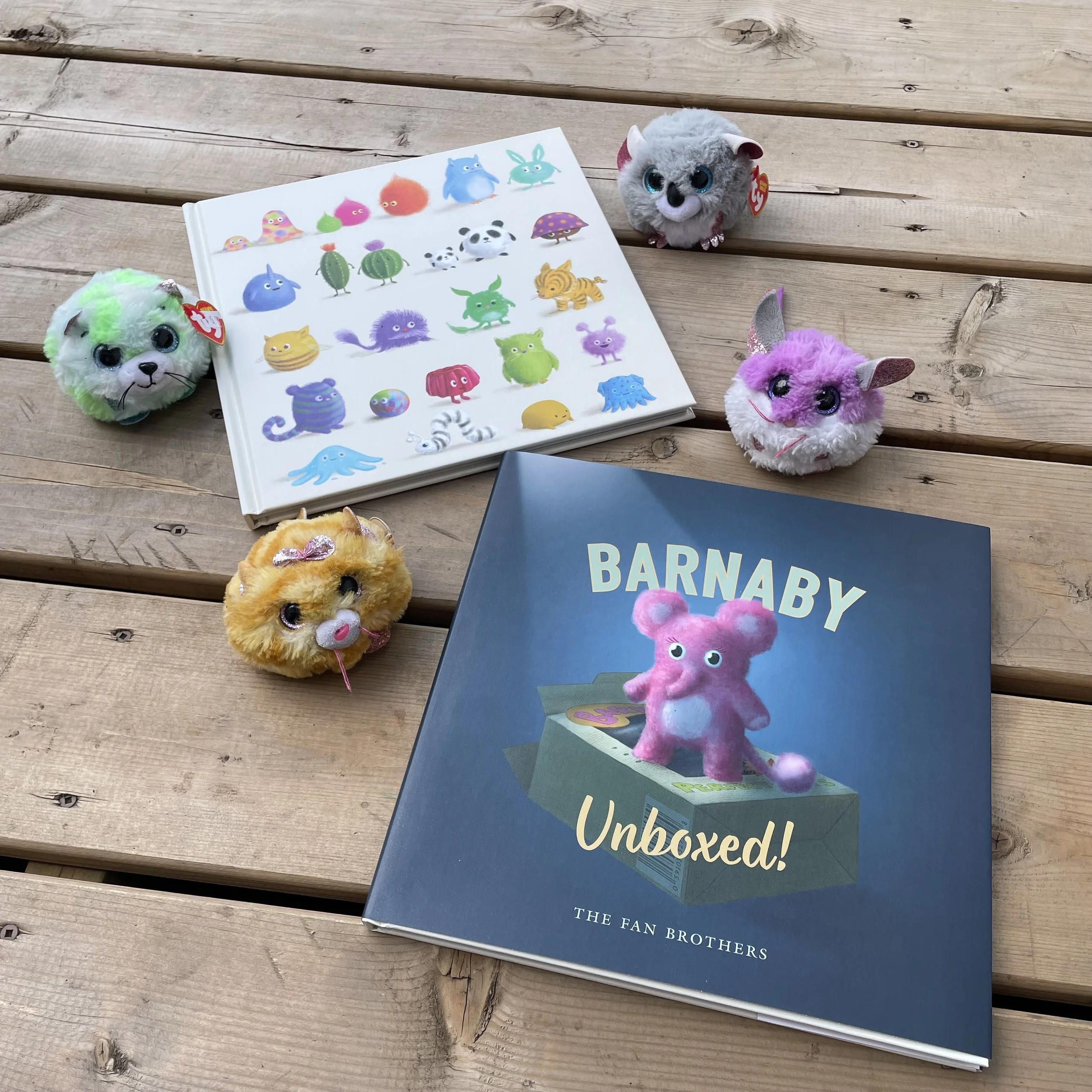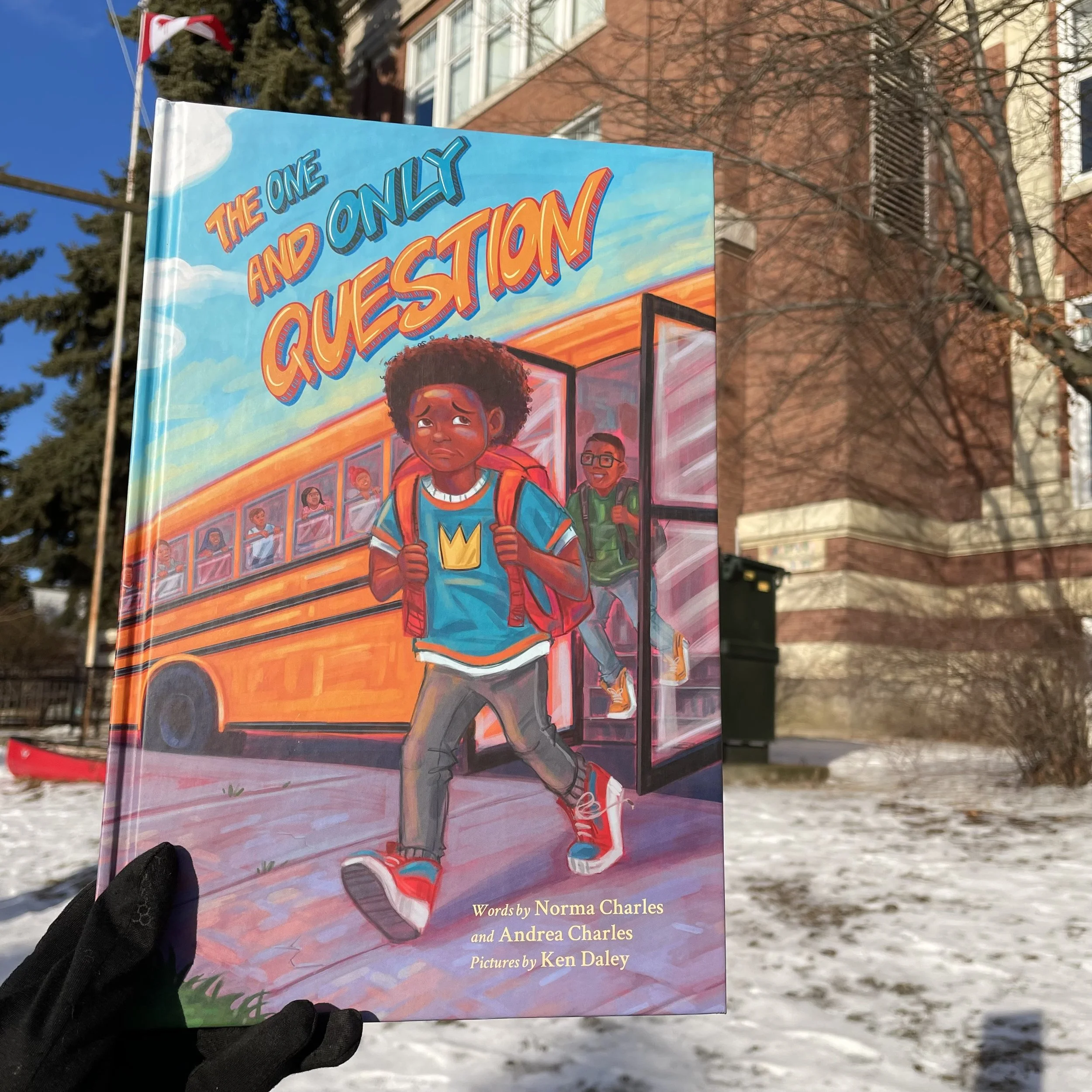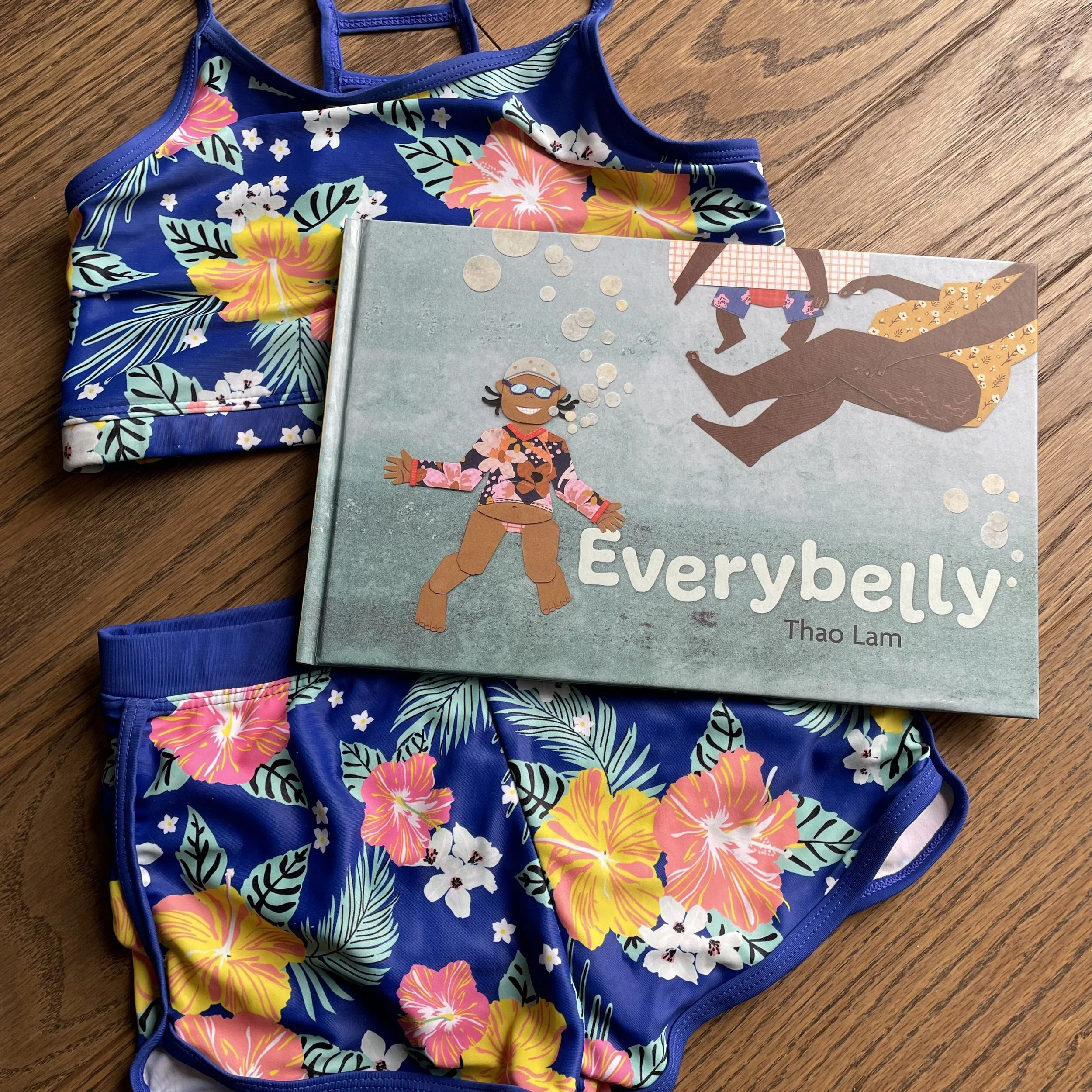The Walking School Bus
A story of community and cooperation, The Walking School Bus by Aaron Friedland, Ndileka Mandela and Andrew Jackson Obol shows readers a new way to get to school.
Shaka and Nandi walk. to school with their father who keeps then safe from the thieves along the way. When their father gets a job far away they have to leave school with no one there to walk them. A chance finding of a toy school bus inspires them to find a way to get back to school and the learning from teacher, Mr. Attah.
Aaron Friedland and Ndileka Mandela have brought a story of a very common occurrence in Aaron’s travels. The desire of children to learn and to find a way to get to schools to do so. In North America we take for granted that schools are in our backyards. Most of us have no problem getting to school because we either live within close walking distance or there is a bus that will come and pick us up. It’s so important for readers in Canada to understand what a privilege we have to have easy access to education.
I love that this is a story of resourcefulness and community. Shaka and Nandi find the toy bus and proceed to make a few attempts to get a bus to drive them to school before realising that if they go as a group, the children will be safe and can get to school together. Readers can take inspiration from this story about problem solving and working together to make things happen for causes that are important to them.
It’s an inspirational story as well. For those of us in Canada, we can take the idea of a walking school bus and use it as an opportunity to talk about eco-friendly ways of getting to school safely. Many readers are eco-warriors and could apply the idea of the walking school bus to their own commutes, leaving gas powered transportation at home.
Andrew Jackson Obol’s illustrations are sensational. Jackson Obol fills each spread with bright bold colours and incredible close ups of joyful faces. The illustrations have so much depth, it’s so easy to get lost in the sweeping landscapes and feel like you are there with the children as they problem solve and then walk together to school.
